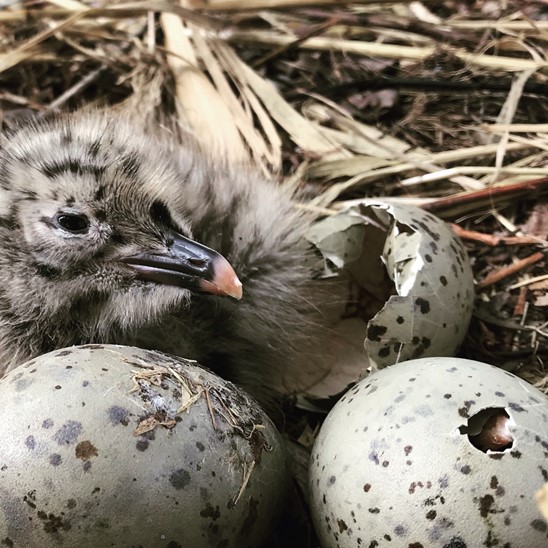
Indirect evolutionary pathways: Hybridisation and migration of interspecific hybrids in gulls
Researchers at the University of Wrocław have analysed what migration patterns look like in avian interspecific hybrids. The research of the team, whose members are dr hab. inż. Magdalena Zagalska-Neubauer and mgr Jakub Zając from the UWr Faculty of Biological Sciences, as well as dr Grzegorz Neubauer from the Ornithological Station of the Polish Academy of Sciences and dr Fränzi Korner-Nievergelt from the Swiss Ornithological Institute, has resulted in a publication in Scientific Reports.
Hybridisation, i.e. the interbreeding of individuals belonging to different species, is important for evolutionary processes. It is a complex and multidimensional phenomenon, and therefore extremely interesting. Hybridisation in birds, although not always easily observable, is much more common than previously thought. Many bird species, especially closely related ones, show the ability to break down interspecific reproductive barriers. Interbreeding can occur in zones of overlap in the ranges of taxa, generated by environmental change or as a result of species expansion.
The consequences of hybridisation are manifold. For example, hybrids may inherit intermediate traits between the parental species. This gene flow can affect their adaptation, survival and reproduction.
An excellent model for studying the phenomenon of hybridisation in birds is the large gulls of the silver-backed gull complex. The hybridisation zone of two species in Poland, the lesser black-backed gull (Larus argentatus) and the lesser black-backed gull (L cachinnans), which has been the object of the team’s research since 2000, has provided a unique opportunity to analyse one of the most interesting aspects of interspecific hybridisation behaviour in birds – migration.
In its research, the team focused on identifying the migration pattern of the parental species and their hybrids. It analysed the parameters characterising gull migration based on bird ringing data and recaptures over 20 years.
Key research findings:
- Indirect migration patterns of hybrids: the results obtained allowed us to conclude that hybrids relative to the parental species – the ‘short-distance’ Lesser Black-backed Gull and the ‘long-distance’ Lesser White-backed Gull – showed an indirect migration pattern in terms of distance. This result clearly indicates the high importance of the genetic component in bird migration.
- No strong selection pressure on hybrids: due to the lack of clear environmental barriers along the gull migration routes and the availability of numerous wintering sites, it can be assumed that selection pressure on individuals with intermediate migration patterns (hybrids) is relatively low. This contrasts with results obtained for some other interbreeding species, for which ‘indirectness’ of traits is adaptively disadvantageous.
- Implications for species expansion: since the greatest potential for rapid species expansion is the ability to undertake further migration, it can be expected that, in addition to the parental species with the greatest migration range, i.e. the white-headed gull, hybrids may show similar potential. Observational data of gull expansion and the expansion of the hybridisation zone suggest the validity of this assumption.
- Practical dimension of bird ringing: analyses of data on ringed gulls and their return messages (re-sighting of a ringed bird) indicate that the simple method of tagging birds provides unique data to infer evolutionary processes such as speciation and adaptation.
Link to broadcast with team members on gull migration
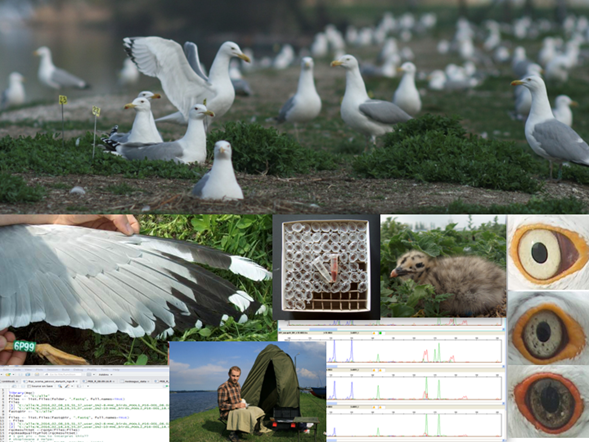
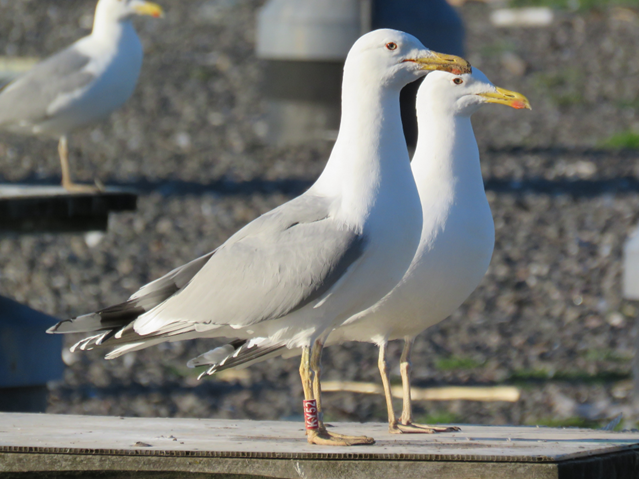

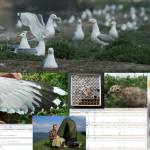
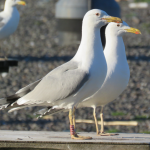
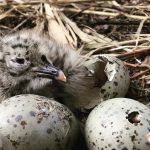
Added by: E.K.
Date of publication: 24.01.2024



